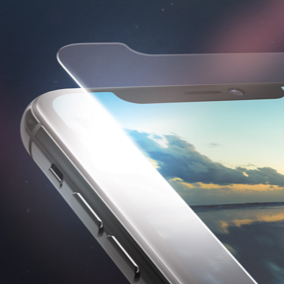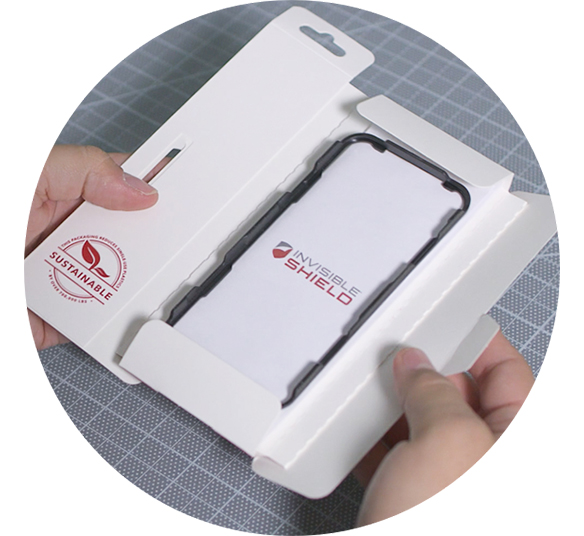Pros and Cons: Tempered Glass vs Plastic Screen Protectors

Not all screen protectors are created equal. Manufacturers use different materials to make phone screen protectors, and all of them have pros and cons.
Tempered glass and plastic are two popular options for screen protectors, but which is better for you?
Using a screen protector is a must if you want to keep your smartphone safe. Explore your options and discover the best way to shield your device from daily threats.
Polymer & Plastic Screen Protectors VS Tempered Glass

Many screen protectors are made from polymers, including plastics. These materials include TPU (thermoplastic polyurethane), TPE (thermoplastic elastomer), and PU (polyurethane). These materials can make lightweight and flexible products.
Tempered glass is hardened glass that goes through a much different manufacturing process than other glass. During manufacturing, glass gets heated to extremely high temperatures, and then is rapidly cooled. This puts the glass in a state of compression, causing the outside layers of glass to harden faster than the inside layers.
Tempering changes the properties of the glass, including making it five times stronger than traditional glass. Tempered glass screen protectors may also contain aluminosilicate or other materials to enhance toughness.
Which Is Better: Tempered Glass or Plastic Screen Protectors?
Tempered glass and plastic screen protectors each have distinct pros and cons, which can make it tricky to determine the ideal protection accessories for your needs. Let’s take a look at tempered glass vs plastic screen protectors, so you can decide which will work best for you:
Tempered Glass Screen Protectors Advantages & Disadvantages
Tempered glass is thicker, heavier, and more impact- and scratch-resistant than plastic. It’s also easier to apply to most phones because it’s rigid. The added support can make your phone feel more secure and it feels more smooth and silky, like the device’s original screen.
While glass screen protectors tend to cost more than plastic, a lot of designs are also a little thicker than plastic. But, some high-quality manufacturers — like ZAGG — create ultra-thin glass screen protectors with a “barely there” design that’s skinnier and tougher than their competitors.
Plastic Screen Protectors Advantages & Disadvantages
Plastic has been used for years to make cost-effective products. Some of the pros of plastic and plastic hybrid screen protectors include the fact that they’re low-cost, thinner, and lighter. Plastic is also shatter-proof and resistant to fingerprints.
Some of the drawbacks include their lack of flexibility and the fact that they can be a little tricky to install on the average phone. Plastic screen protectors can also be less durable vs tempered glass, which may leave your device more vulnerable to damage.
Low-quality plastic screen protectors are also less environmentally friendly. If you are concerned about environmental issues like sustainability and eco-friendly manufacturing, then look for screen protectors made of plant-based plastics like the Ultra Eco.
The Verdict: Tempered Glass Vs Polymer Plastic Screen Protectors

If cost is your only factor, you’ll probably be happier with a plastic screen protector. But if you want sturdy and reliable protection, a tempered glass screen protector with high durability and impact resistance is better. They’re also very easy to install.
Protect Better with ZAGG
When weighing the pros and cons of tempered glass screen protectors vs polymer plastics, consider the durability, cost, and material quality to decide which is better for your phone.
Whether you prefer tempered glass or a hybrid polymer film screen protector, ZAGG has premium options with a variety of advantages. Both tempered glass and film ZAGG screen protectors provide amazing impact and scratch protection.
Keep your devices safe with 360-degree protection. ZAGG is your hub for protective phone cases, screen protectors, and powerstations that support your unique lifestyle.
FAQs
Loading results...
